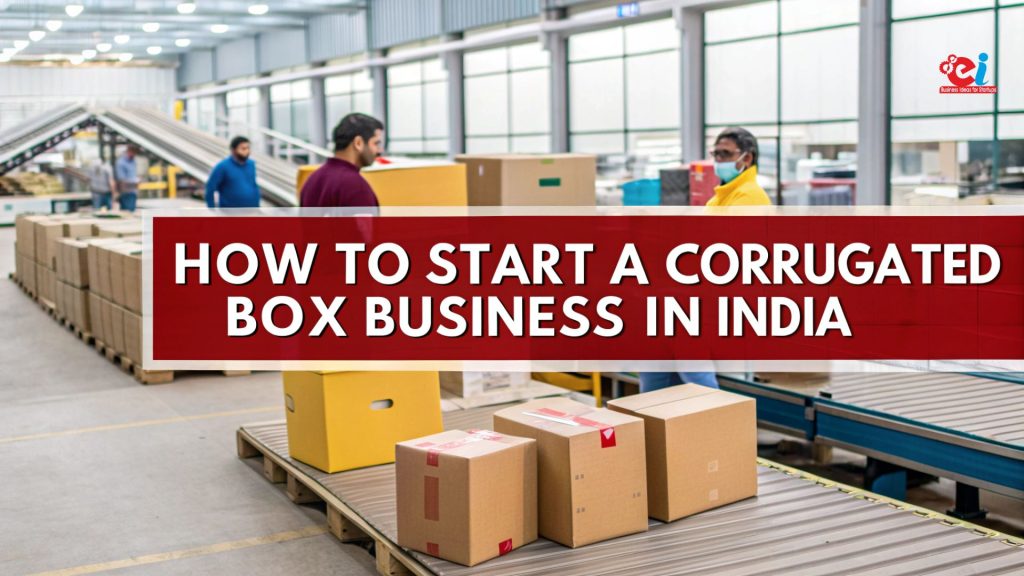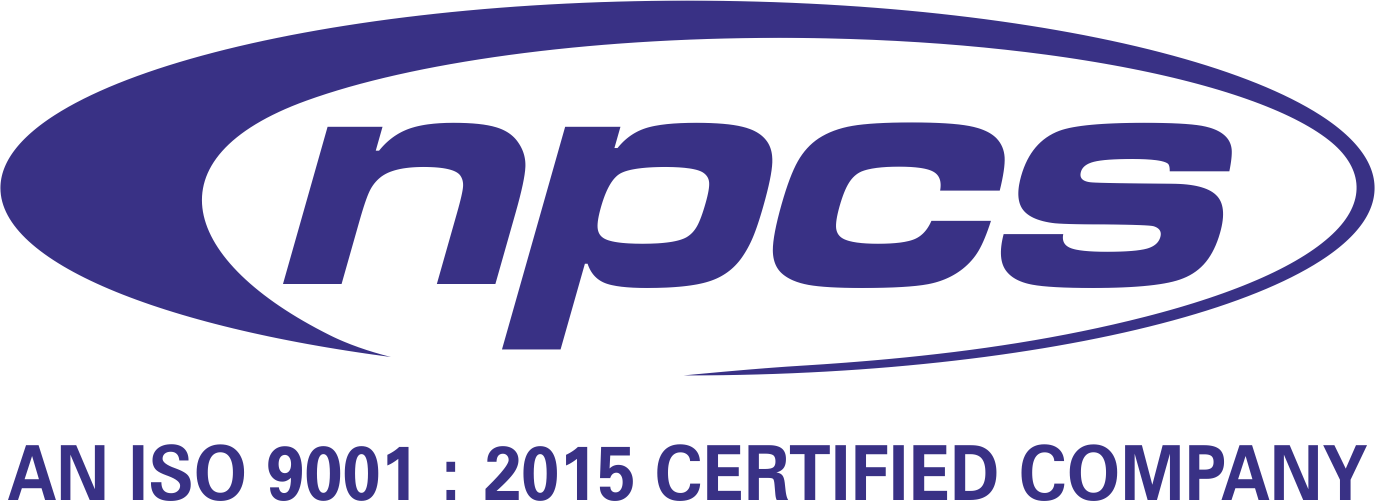What Are Seaworthy Containers?
Resources and goods are transported across the sea in large, reusable steel containers known as seaworthy containers. They can be loaded into ships and transported across the ocean, making them a more inexpensive and efficient source of transport than traditional methods. Strong winds, rough seas, and other elements are all part of the harsh ocean environment that seaworthy containers are designed to withstand.
They are also constructed with specialized features like climate control and locking doors for increased security. Seaworthy containers are the best option for businesses that need to move large or bulky items over long distances since they provide a practical and affordable mode of transportation.
Seaworthy Containers Market
Demand for seaworthy containers is rising. Containers need to be strong, watertight, and secure in order for the marine industry to transport commodities reliably from one place to another. Many companies are also investing in new technologies to manufacture containers that are stronger, lighter, and more ecologically friendly. The increased demand has led to the development of numerous types of seaworthy containers.
Some containers are designed to withstand harsh environments and safeguard goods during lengthy marine trips. Others offer distinctive characteristics like temperature control and insulation. Customers want robust containers that can withstand challenging situations and still deliver top-notch performance. This suggests that in order to guarantee the security and robustness of the containers they make, producers must spend money on premium materials and production techniques.
How Seaworthy Containers Are Manufactured
Constructing a seaworthy container is a complex and meticulous process that requires careful attention at every stage. From selecting the right materials to ensuring compliance with safety regulations, each step is crucial to guarantee that the container can safely transport goods across the ocean.
1. Material Selection
The first step involves choosing appropriate materials that balance strength and weight. The material must be durable enough to withstand harsh maritime conditions while remaining light enough for efficient transportation. Common materials used for seaworthy containers include aluminum, steel, and fiberglass.
2. Design and Construction
After selecting materials, the container is designed and built according to strict industry standards. This includes properly sealing all welds and seams, securely fastening doors and windows, and eliminating any structural weaknesses. The container must also comply with international safety standards for ocean cargo transport to ensure it meets all regulatory requirements.
3. Testing and Quality Assurance
Before a container is put into service, it undergoes rigorous testing to verify its water tightness, strength, and durability. Only after passing these tests and confirming that the container is safe and seaworthy is it approved for use and sale.
This detailed process ensures that seaworthy containers are reliable, secure, and capable of protecting their cargo during long ocean voyages.
Setting Up Your Seaworthy Containers Business:
To launch a seaworthy containers firm, you must first develop a comprehensive business plan. The plan should cover the target market, competitive analysis, product/service offering, financial estimates, and growth initiatives. It’s important to research any necessary state or local permissions, as well as the laws and certification requirements for your particular industry.
Once you write your business plan and obtain all the necessary permits and licenses, the next step is to set up your company’s actual site. Depending on the size of your company, you might need to find a warehouse with appropriate dock space or a retail location where you can store and sell your goods. You should also consider the infrastructure needed to ship your containers safely around the world. Then you must decide what kind of containers you want to sell and how you will make them. Since containers serve specific applications, selecting the right one for your target market is critical.
Furthermore, when considering the manufacturing process, take into account both the cost of materials and the labour involved in producing the containers.
After you’ve decided on your containers and built the necessary infrastructure, you’ll need to think about inventory.
Why Entrepreneur Should Invest In This Business?
A business plan for seaworthy containers is an exciting opportunity for business owners to profit from a booming market. With the expansion of global trade at an unprecedented rate, seaworthy containers are anticipated to be in great demand. By investing in a business plan for Seaworthy Containers, entrepreneurs can take advantage of this trend and guarantee that their containers exceed stringent quality criteria.
By investing in the preparation of a business plan for Seaworthy Containers, entrepreneurs will get the ability to map out the complete production process. They will be able to anticipate market trends in the future and profit from them before competitors. Furthermore, by investing in the creation of a business plan, entrepreneurs can ensure that their products meet all required safety standards, lowering liability risks and ensuring the success of their businesses. Overall, investing in a Seaworthy Containers business plan provides entrepreneurs with an exciting opportunity to capitalise on a thriving industry and position themselves for long-term success.
The Future of the Seaworthy Containers Industry
The future of making seaworthy containers is bright. Due to the growing global demand for better transportation choices and the rising shipping sector, there will surely be a continued high demand for dependable and long-lasting containers in the near future. A rise in demand for seaworthy containers is anticipated in the coming years as a result of technology advancements including waterproof materials and improved designs.
For entrepreneurs who wish to get into the seaworthy container business, the time has come. If businesses have a solid business plan in place, they can profit from the industry’s bright future and potential growth. It would be wise to put money into a seaworthy container business today for the long run. It is critical to conduct market research and develop a well-thought-out success strategy before taking the plunge. Market analysis, an understanding of regulations and standards, product development, financial forecasting and budgeting, and other elements should all be included in a Seaworthy Container Business Plan. With a well-crafted business plan, entrepreneurs can get a head start on capitalizing on the growing seaworthy container industry.
Also Read: 5 Reasons Why Market Research is Vital for Start-ups
NPCS (Niir Project Consultancy Services)
Businessmen and entrepreneurs might benefit from obtaining detailed reports from NPCS (Niir Project Consultancy Services), and they soon recognize this through resource sales. Following are few justifications for purchasing NPCS report:
Detailed Market Analysis
NPCS reports include market research reports to understand market size, growth rates, and demand and supply volumes of the particular special area, as well as the analysis of key players.
Feasibility Studies
Derived feasibility studies or reports on how doable are those projects enable potential investors to ascertain if they have an opportunity/exist together with the returns and risks involved.
Industry Trends and Forecasts
NPCS Reports enables the stakeholders to recognize some emerging trends along with potential upcoming forecasts, which can facilitate an organization in their strategic decision-making.
Technological Insights
File reports under technological insights to show how new technologies impact a specific sector.
Regulatory Framework
Understanding the regulatory background of an industry or market will be a key variable for business planning. The NPCS reports, provide all the details relating to formulating regulations and possible modifications.
Competitive Landscape
NPCS reports further describes the competitive landscape within an industry which includes top comprehensive company profiling of leading players and analysis of each player such as a company overview, revenue shares, market forecast.
SWOT Analysis
These reports include SWOT (Strengths, Weaknesses, Opportunities and Threats) analysis relative to the sector to make clear for investors how those factors will help in gaining or losing more from this sector.
Investment Guidance
NPCS reports are perfect reason for the entrepreneurs wishing to know more about facets of the industry and for fresh assays, buyers and other interested parties in it.
Business Planning
Having a business plan in place is a must for establishing or advancing an existing venture. RPCS market research reports cover forecasts, sales, strategies, and market share to help you understand your business.
Tailored Information
Furthermore, it allows for specific requirements related to business with the guarantee that most renewal information is relevant and useful.
In conclusion, NPCS report is really valuable for identifying a sector, decision-making and launching any product into the market or investment strategy





